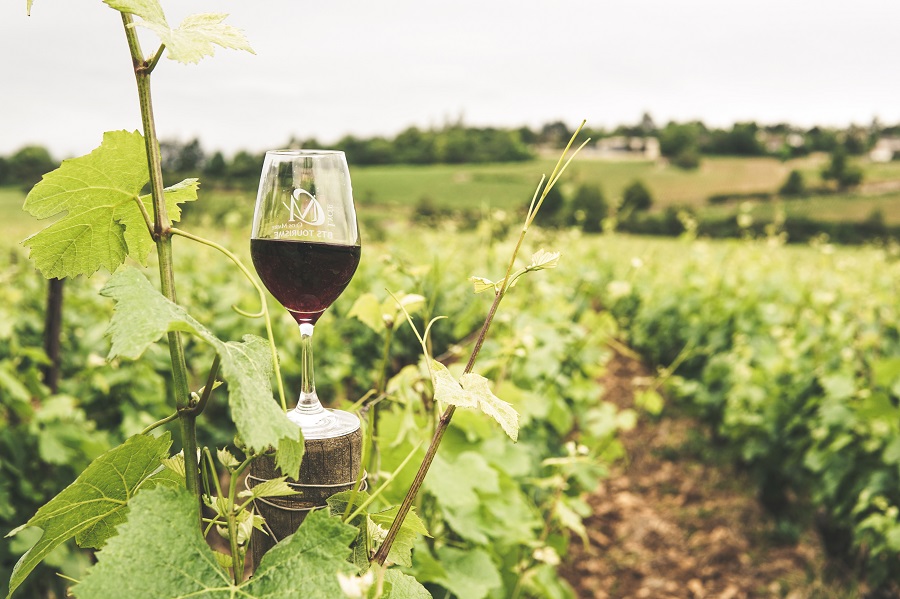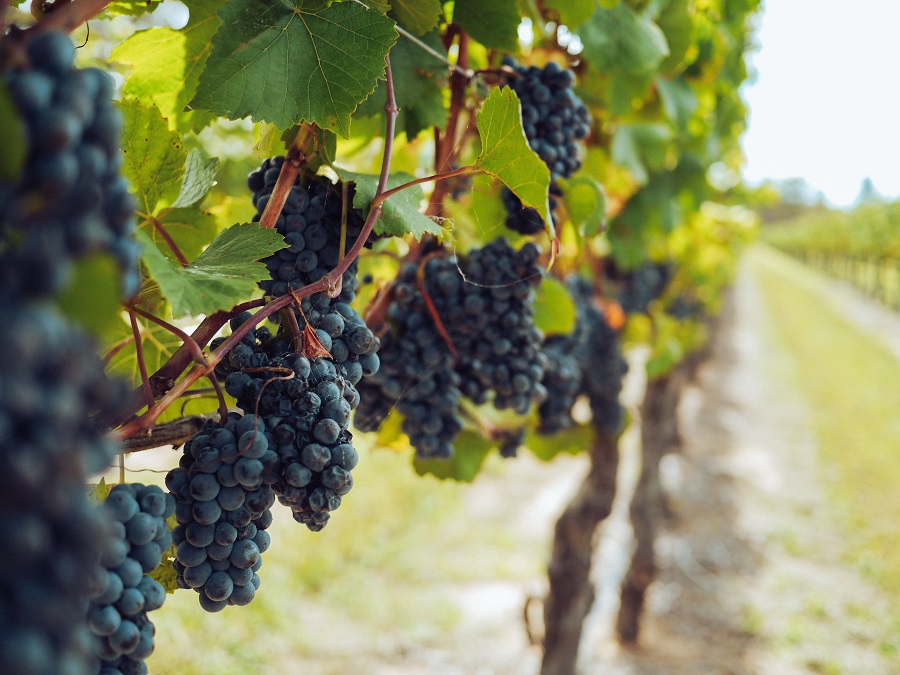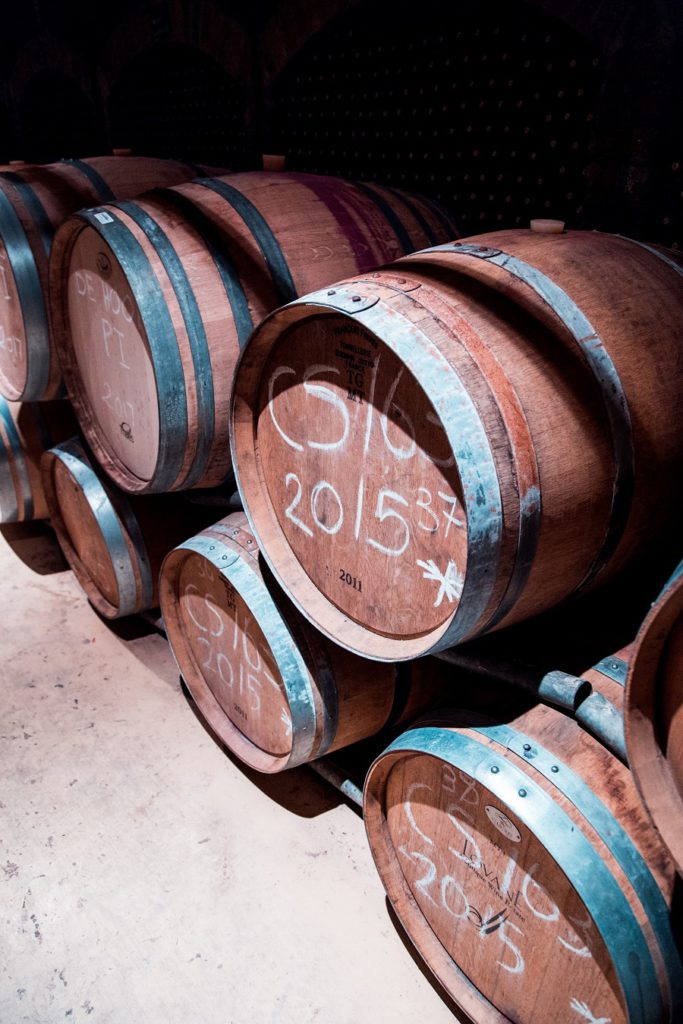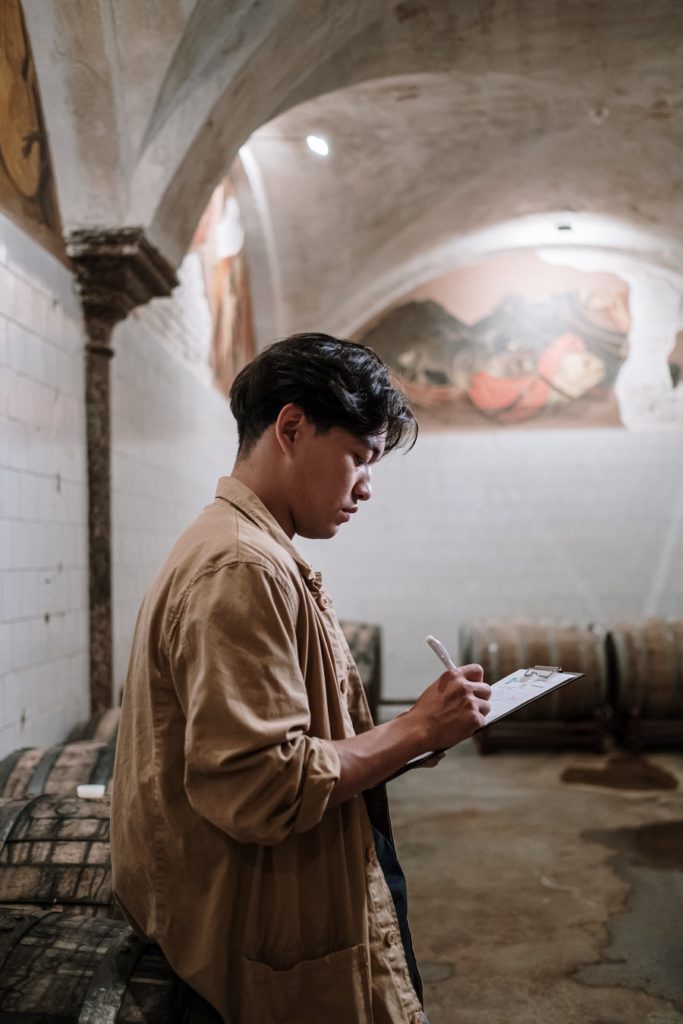How to Make Wine
By Catalogs Editorial Staff

Making Wine is Easier Than You Think
People have been enjoying wine for thousands of years. While most of us just pick up a bottle at the store, some people make their own wine. If you’ve got grapes growing in your yard, you may have wondered how to make wine. Here are the steps to take to turn grape juice into a fine alcoholic beverage.
Start with Good Grapes

The best grapes to use for winemaking are known as vinifera grapes. These include popular varieties like cabernet, chardonnay and merlot. These grapes grow best in cooler climates. The quality of the resulting wine depends in part on the soil and weather conditions where the grapes were grown. Muscadine grapes, which grow in the South, can also be used, but these grapes tend to produce only sweet wines.
To make wine, first grow grapes until they are ripe. Ripeness can be judged using the Brix scale, which rates a grape’s sweetness. You can also wait for the grape’s moment of physiological ripeness by taking into account how ripe its seeds and skin are based on color or other attributes.
After picking the grapes, remove and discard the stems and crush the grapes to release the must. For making white wines, press the juice off the skins.
The Fermentation Process

In the second step of how to make wine, it is best to allow the juice to rest under refrigeration to prevent fermentation. This maceration period helps extract the maximum quantity of flavor compounds from the skins.
After the resting period, induce fermentation by introducing a yeast culture. Never allow wild yeast to ferment the wine naturally as this can ruin the fermentation.
Put the wine in a food grade container and keep it in a cool ventilated location. The container must have a way for the carbon dioxide produced by the yeast to escape. Home winemakers often use carboys for this purpose. Commercial winemakers use stainless steel containers.
While fermentation is active in a red wine, the seeds and skins will rise to the top of the container. This cap needs to be kept wet with fermenting juice for maximum extraction. To accomplish this, punch down the cap at regular intervals.
For red wines, separate the juice from the skins, seeds and fruit pulp. This may be done at various points, usually at the end of tank fermentation.
Either during alcoholic fermentation or while the wine is in storage, you can induce malolactic fermentation. Many reds and some whites undergo this process to convert sharper malic acid to softer lactic acid.
The specific gravity of the fermenting must is periodically measured to determine when fermentation is complete. When tank fermentation is complete, draw off the wine from the settled yeast cells and sediment which is called the lees. Most winemakers add sulfur dioxide at this point to prevent both oxidation and any further fermentation.
Most solids suspended in the wine will settle out on their own with time. However, this could take months and does not always result in a clear wine. Commercial wineries sometimes use fining agents such as bentonite, which is a type of clay, or egg whites to remove these suspended solids. Filtration is also used to remove solids from wine and to remove all yeast and some bacteria cells.
The finished wine is then transferred to storage tanks or oak barrels. It can be stored for three months to several years before bottling.
Bottle the wine. Continue its aging in the bottle if appropriate. The wine’s flavor will continue to change and usually improve as it ages.
Home Winemaking

When learning how to make wine, it’s good to know that federal law allows every two adult household to make 200 gallons of wine or beer annually. While homemade wine is less predictable and may not be as delicious as commercial wine, it can be done with relatively simple equipment. You will need two 5 gallon bottles, like plastic water bottles, one meter of 1/4-inch inside diameter plastic tubing, 12 to 15 resealable bottles, one thin sandwich bag, one rubber band, 12 to 15 quarts of unpasteurized grape juice, and 1/4 tablespoon of yeast, 2.2 pounds of sugar and one quart of clean water. Kits with basic equipment, instructions and enough juice to make about five gallons of wine cost around $100.
Anything that will touch the wine must be clean and sanitized. Sanitizing can be done by using a solution of two ounces of metabisulfate to one gallon of water or other commercially available sanitizer. If you skip this step, the wine will spoil.
Pour the grape juice into the large bottle. Mix the sugar with the clean water and warm it until the sugar dissolves. Then cool it to room temperature, add the yeast and stir. Add the sugar water and yeast mixture to the grape juice. Put the sandwich bag on top of the large bottle and close it with the rubber band. The wine should start fermenting within two days. You will see this when bubbles appear and the sandwich bag inflates. Wait three weeks and look for bubbles. If bubbles are present, wait an additional week.
Popular Savings Offers
After three or four weeks when no bubbles appear, fermentation is complete.


.jpg)

.png)

.jpg)




.png)